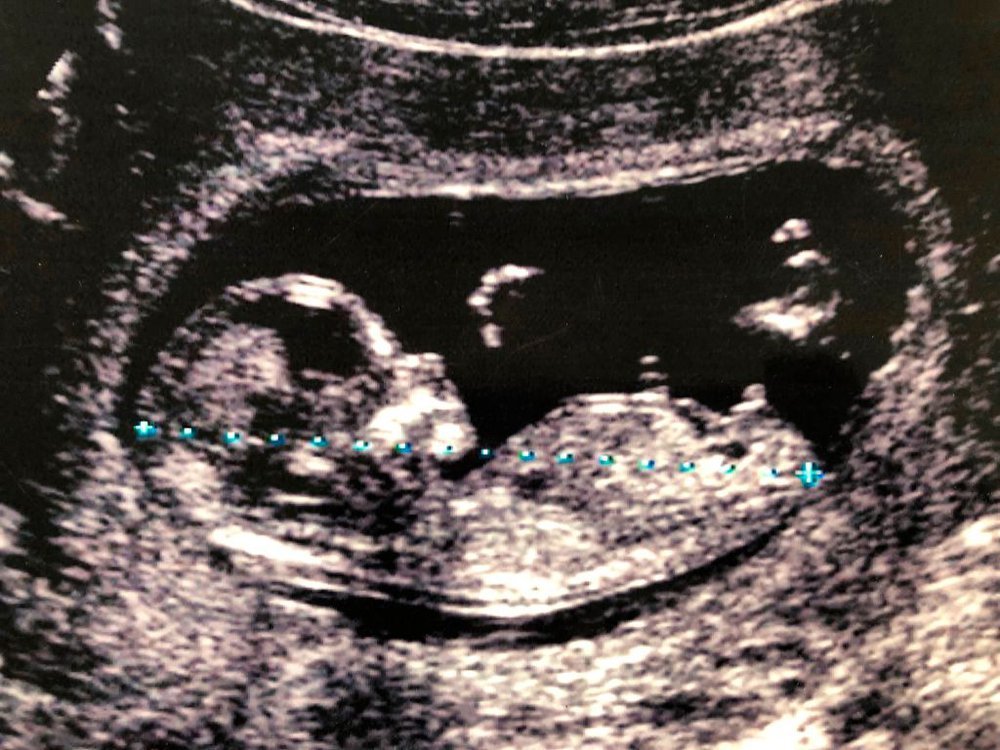Articles
What is a Sonogram?
A sonogram is the visual representation of the body’s organs, tissues, or blood flow patterns created using ultrasound technology. Sonography is a non-invasive and radiation-free imaging technique that has become an integral part of modern medical practice.
In this article, the sonography experts at National Ultrasound reveal the differences between the terms “ultrasound” and “sonogram,” and the importance of each. Why do your patients need them, how long do they take, and how early into pregnancy can patients see a fetus?
Sonogram vs. Ultrasound: Are They the Same Thing?
While often used interchangeably, sonogram and ultrasound have distinct meanings. Ultrasound refers to the technology itself, involving the use of high-frequency sound waves to generate images.
Conversely, a sonogram is the resulting image produced by ultrasound. The sonographer, a skilled technologist, operates the equipment to capture the images.
Sonography (also known as ultrasound imaging) is a valuable diagnostic tool that utilizes sound waves to create real-time images of the body’s internal structures. Let’s explore the purpose, applications, and benefits of sonography to shed light on its role in promoting wellness in medical facilities.
What Does a Sonogram Test For?
Sonography is a versatile imaging modality used to evaluate various body systems. It is commonly employed to examine organs such as the:
- Heart
- Liver
- Gallbladder
- Kidneys
- Uterus
- Ovaries
…and more!
Additionally, sonograms can assess blood flow, detect tumors or cysts, guide needle biopsies, and evaluate musculoskeletal conditions. The non-invasive nature of sonography makes it a valuable tool for diagnosing and monitoring a wide range of medical conditions.
Why Would You Do a Sonogram?
There are several reasons why your healthcare providers might recommend a sonogram to your patients. Sonography is particularly useful in diagnosing conditions affecting organs, monitoring fetal development during pregnancy, and guiding minimally invasive procedures such as biopsies or fluid drainage.
Furthermore, sonograms are safe for patients with pacemakers. This eliminates concerns related to magnetic resonance imaging (MRI) compatibility.
How Long Does It Take to See a Sonogram?
In general, it takes between 15 and 45 minutes to see a sonogram. However, the duration of a sonogram examination varies depending on the specific purpose and the body area being examined.
Additionally, more complex cases or detailed evaluations may require longer examination times. The availability of sonogram results depends on several factors, including:
- Your facility’s workflow
- The urgency of the examination
- The time it takes for the doctor to interpret the images
In many cases, the sonographer won’t provide any speculation at the time of the procedure. Instead, within 48 hours, a radiologist provides a comprehensive report (including detailed interpretations) to the physician who ordered the procedure.
How Early Can You See a Fetus During Pregnancy?
Sonography plays a vital role in monitoring fetal development during pregnancy. The first ultrasound is typically performed around 6 to 9 weeks of gestation, known as the dating or viability scan.
However, the exact timing may vary based on the healthcare provider’s preference and the specific circumstances of the pregnancy. Early ultrasounds help confirm the presence of a viable pregnancy, estimate gestational age, and detect multiple pregnancies or potential complications.
Learn How Sonograms Facilitate Wellness at National Ultrasound
At National Ultrasound, we’re a trusted provider of high-quality ultrasound equipment. We offer a wide range of ultrasound systems designed to meet the diverse needs of your unique medical facility.
We’re experienced and committed to customer satisfaction. Therefore, we ensure reliable, durable, and affordable diagnostic imaging solutions that contribute to the well-being of your patients and the efficiency of your healthcare organization.
To find the best imaging equipment for your medical facility, reach out to our team today.

